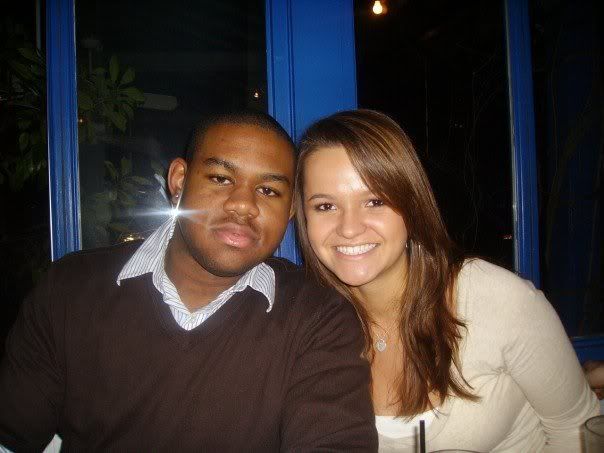
In the Lone Star Blog, readers are informed of the corruption lying within the South Texas Government. For the protection of the American citizens, the government feels that it is best to secure the borders, but when problems emerge on American soil, who is to blame? With the approval for an 860 mile border equipped with checkpoints the border-regions of South Texas should be considered a safe place for legal immigrants and U.S. citizens, but recent reports have illustrated a much different story. La Salle County Deputy Sheriff Henry James, and former La Salle County Deputy Sheriffs Robbie Thomas, and Joseph Canales have all come under fire after accusations of corruption including extortion, perjury, and tampering with evidence have all been reported. Some reports state that James would pull over motorist looking Mexican and threaten them with a few days stint in jail until arraigned in court, or bribe them for $150. For those being illegal, Srgt. James would almost be doing his job, but the problem stems out further than the racial profiling and now involves harassing innocent people and extortion. Mexican-looking motorist would be enough reason to pull someone over with South Texas’s growing illegal immigrant problem.
Is it surprising to the American Public that people of power have taken advantage of a situation that citizens are suppose to be protected from? The American Government feels that allowing Mexican immigrants into our communities can be detrimental to society, but who is protecting the rights of the immigrants. It is one thing to side with the American Government and try to keep immigrants out of our country, but The Lone Star Blog does a powerful thing by questioning the rights of Mexican immigrants. An immigrant is someone who travels from one country to another. America was founded by these people traveling from place to place for a better life. In recent America, the word immigrant travels with negative connotations of people who are poor, uneducated, and un-American. Immigrants are still humans and they should have just as much protection under the law when in our country. Why has immigrant harassment become such a problem in our border regions? The government knows that it is virtually impossible to keep these immigrants from crossing the border so they might as well benefit from their presence. For the Mexican Immigration issue to be properly addressed, we must first address public views and government actions concerning these people different countries before we point the finger of who is corrupting our societies.



